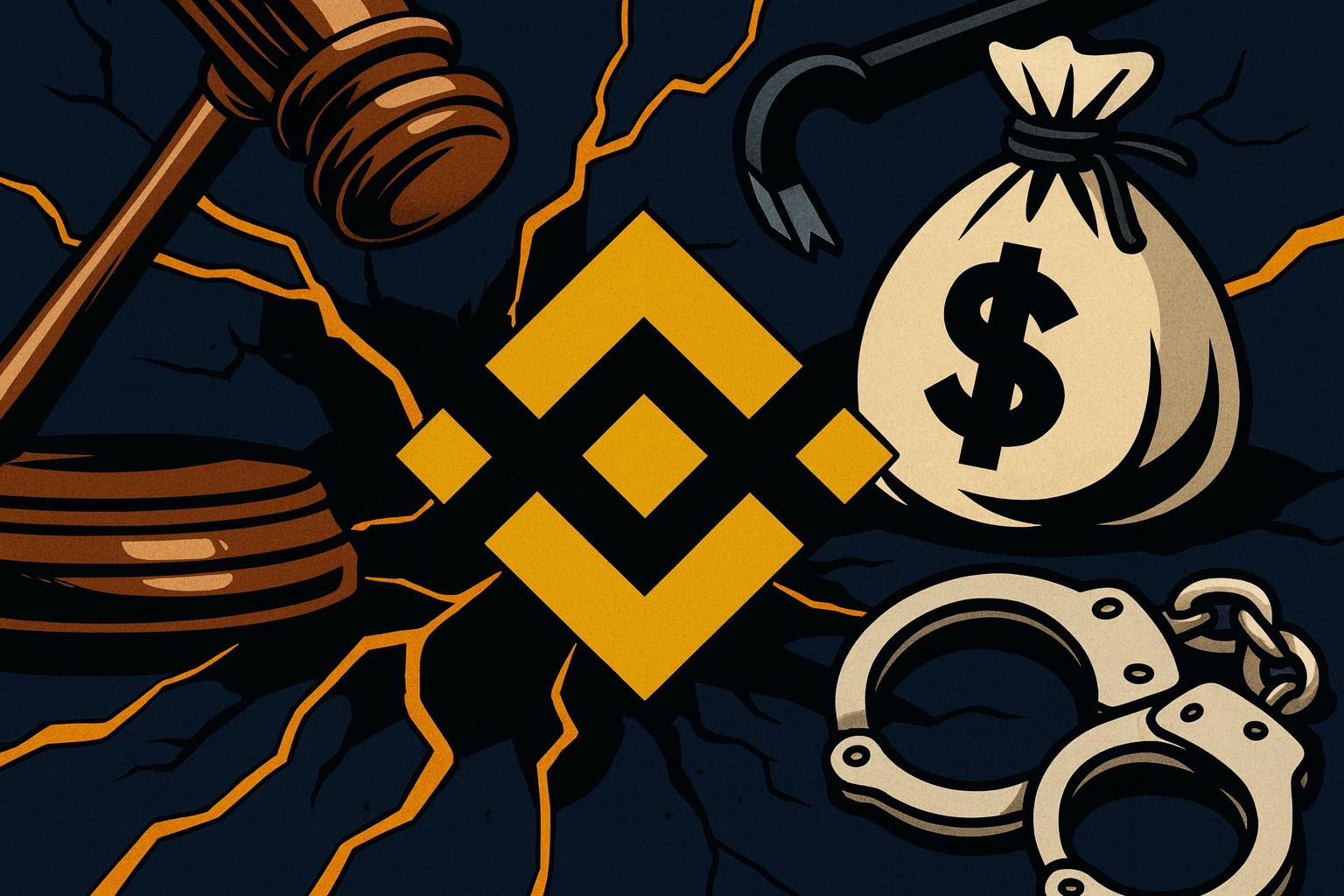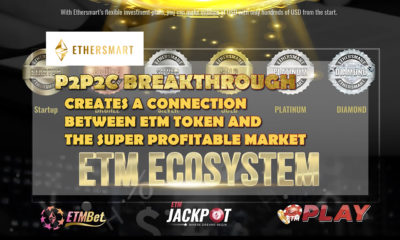Recent Updates
Private bitcoin transactions in Samourai Wallet achieve an ATH

The ATH balance available for private transactions is 4,755 BTC. The volume of private bitcoin transactions in Samourai Wallet is 750 BTC in 30 days, achieving an ATH.
In an age when privacy is scarce, it is not uncommon for individuals to be concerned about it daily. A proof of this is the use of tools focused on obtaining it. Among them are wallets that mix bitcoin transactions. One of these reached a record today, surpassing 4,755 bitcoin (BTC) of unspent capacity or available balance.
According to a release from one of the developers leading Samourai Wallet, the available BTC balance for those using this type of private transaction contrasts with its volume over the past 30 days, which has been 750.26 BTC. This tool, called Whirlpool, is designed to make private transactions in Bitcoin, a network that has a public ledger.
In June 2021, the amount of available bitcoin balance among users using Whirpool to mix cryptocurrencies was 3,000 BTC, according to Samourai Wallet figures. It was an increase of 37% in one year.
When we talk about mixing bitcoin transactions, we refer to a method known as CoinJoin. A tool such as Samourai Wallet‘s Whirlpool allows to make payments or receive balances without the origin or destination of each transaction known.
For this type of operation to occur, users have to agree with each other. So that they can use their unspent balance (UTXO) in a single process that pools or mixes the joint transactions of several people. In principle, the more people participate in the pool, the higher the level of privacy.
Other private Bitcoin wallets than Samourai Wallet provide financial anonymity.

Samourai Wallet is not the only wallet using Whirlpool. Sparrow, a relatively young desktop wallet, also uses the tool. It implies that the number of people using some method to conduct private bitcoin transactions continues to grow.
Another wallet known for its approach to privacy announced that it would begin censoring addresses that use CoinJoin. That corporation began working with an analytics firm that the community has identified as a significant participant that violates the privacy of Bitcoin users.
According to the company that developed Wasabi, the decision obeys a requirement of the Financial Action Task Force (FATF), which in October last year issued a series of recommendations to prevent money laundering and terrorist financing.
In any case, Wasabi, which may have lost many of its users, as a result, is not the only wallet for safer transactions.
The amount of balance available on Whirlpool for private BTC transactions has already surpassed the balance on other networks that offer a certain level of privacy. It is the case of Bitcoin’s Lightning Network, which has a capacity of 3,880 BTC between its payment channels, and it represents 900 BTC less than Samourai Wallet’s Whirlpool capacity.
A Samourai Wallet tweet reads a sentence that could be a slogan with the best bitcoiner essence:
“Financial privacy is not just a popular thing; it is a prerequisite for a free society.”
Crypto
Do Kwon Faces 12-Year Sentence as Prosecutors Call Terra Collapse “Massive Fraud”

U.S. prosecutors are seeking a 12-year prison sentence for Terraform Labs founder Do Kwon, arguing that the collapse of Terra and Luna amounted to one of the largest frauds in crypto history. The request, filed in the Southern District of New York, highlights the scale of losses tied to TerraUSD (UST) and Luna’s algorithmic failure—an implosion that erased more than $40 billion and triggered widespread contagion across the digital asset sector.
In their filing, prosecutors said Kwon spent years misleading investors about TerraUSD’s stability, artificially inflating its perceived safety and contributing to the system’s eventual collapse. They argued that the fallout extended far beyond market volatility, calling Terra’s unraveling “a defining moment” that reshaped global regulatory scrutiny of crypto markets.
Kwon’s defense team has pushed for a significantly lighter sentence—up to five years—claiming that coordinated trading activity from third parties and broader market stress helped accelerate TerraUSD’s depeg. They cited research, including Chainalysis data, suggesting that external actors exploited structural weaknesses rather than Kwon deliberately engineering the collapse.
Kwon pleaded guilty in August to wire fraud and conspiracy charges. His criminal case stems from a March 2023 indictment that included commodities fraud, securities fraud, wire fraud and market manipulation allegations. The core of the case centers on TerraUSD, the algorithmic stablecoin designed to maintain a $1 peg through a balancing mechanism with its sister token, Luna. When that mechanism failed in May 2022, both assets collapsed rapidly, wiping out tens of billions in value and triggering insolvencies across multiple crypto firms.
Prosecutors are not seeking restitution, citing the complexity of calculating losses across global bankruptcy cases already underway. Instead, they requested forfeiture of roughly $19 million, noting that compensation efforts for victims will primarily be handled through restructuring processes tied to firms affected by Terra’s collapse.
Kwon’s legal challenges span multiple countries. After being arrested in Montenegro in March 2023 for attempting to travel on forged documents, he was extradited to the United States in December 2024 following competing requests by both the U.S. and South Korea. He also previously lost a civil case brought by the U.S. Securities and Exchange Commission, where a jury found that Terraform Labs and Kwon misled investors about TerraUSD’s mechanics and backing.
Sentencing is scheduled for December 11, marking a key moment in one of crypto’s most consequential legal sagas. While the ruling will conclude Kwon’s federal criminal case, numerous bankruptcy, civil and creditor proceedings tied to Terra’s collapse remain ongoing.
Crypto Currency
Celo Foundation and Opera Deepen Partnership to Accelerate MiniPay’s Global Stablecoin Expansion

MiniPay’s explosive growth continues as the Celo Foundation and Opera strengthen their partnership to scale real-time stablecoin payments worldwide. With more than 11 million activated wallets and Celo now leading Ethereum Layer-2 networks in daily stablecoin activity, the collaboration marks a major step toward making mobile-first digital money accessible across emerging and global markets.
MiniPay, built exclusively on Celo’s low-cost EVM chain, has surpassed 300 million transactions since launching in 2023. As adoption accelerates, Celo’s network now serves over 700,000 daily active users, including more than 3 million weekly users of USD₮, solidifying its position as a leading payments-focused blockchain. Integrations with Binance, Transak, Transfi and others have further strengthened MiniPay’s cross-market reach.
The partnership is expanding even more through early integrations with Mercado Pago in Argentina and PIX in Brazil. These features introduce direct stablecoin-to-fiat conversions, reducing the friction typically associated with off-ramping and setting the stage for broader international expansion over the coming year.
Celo Foundation President Rene Reinsberg called MiniPay “crypto’s killer use case,” emphasizing how Celo’s infrastructure enables everyday, real-world stablecoin utility. The collaboration between Opera and Celo has evolved far beyond a browser integration and is now one of the fastest-growing Web3 financial applications globally.
Looking ahead to 2026, MiniPay is preparing to roll out a number of major upgrades. One key enhancement includes deeper integration of real-world assets such as Tether Gold (XAUt0), which has already attracted nearly 30,000 users seeking inflation-resistant savings options. Plans are also underway for stablecoin-backed cards and enhanced payment tools, positioning MiniPay as a unified gateway to both traditional finance and on-chain utilities.
To support its growing ecosystem, Celo and Opera will launch a global Mini App Roadshow across Asia and South America in early 2026. This initiative aims to onboard more developers in markets with rapidly expanding Web3 adoption. Opera EVP Mobile Jørgen Arnesen highlighted that MiniPay’s mission is to offer a stablecoin wallet that works reliably “no matter where people are,” and the expanded partnership gives builders new opportunities to innovate on top of MiniPay’s infrastructure.
As Celo and Opera continue to broaden access to stablecoin payments, MiniPay is quickly emerging as a critical tool for global users seeking fast, affordable, and reliable digital finance.
Crypto
Binance Faces Renewed Legal Battle Over Alleged $80M BTC Theft

A Florida scam victim will get a second chance to pursue legal action against Binance Holdings Inc. after a state appeals court ruled that a lawsuit over the alleged theft of $80 million worth of Bitcoin can move forward. The Florida Third District Court of Appeals determined on Wednesday that a lower court improperly dismissed the case for lack of personal jurisdiction, stating the plaintiff presented a plausible argument that Binance conducts business activities connected to Florida users.
The lawsuit, originally filed in state court, claims scammers gained access to the victim’s Binance account and transferred roughly $80 million in Bitcoin off the exchange. According to the plaintiff, Binance was notified immediately and provided with transaction details but did not freeze the stolen assets in time, allowing the funds to vanish permanently. The defendant argues it has no direct operational presence in Florida, but the appeals court disagreed, reviving the case and sending it back to the trial court for further proceedings.
The decision does not determine whether Binance is liable, but it opens the door for discovery, hearings, and evidence collection. Legal analysts say the ruling could have wider implications for global crypto exchanges that serve U.S. users while attempting to avoid state-level jurisdiction.
This lawsuit adds to Binance’s broader legal challenges over the past two years, including federal scrutiny regarding compliance and operational practices. As the case progresses, the Florida court will assess whether Binance can be held responsible for failing to safeguard customer assets amid an alleged sophisticated crypto theft.
-

 Crypto4 years ago
Crypto4 years agoCardalonia Aiming To Become The Biggest Metaverse Project On Cardano
-

 Press Release5 years ago
Press Release5 years agoP2P2C BREAKTHROUGH CREATES A CONNECTION BETWEEN ETM TOKEN AND THE SUPER PROFITABLE MARKET
-

 Blockchain5 years ago
Blockchain5 years agoWOM Protocol partners with CoinPayments, the world’s largest cryptocurrency payments processor
-

 Press Release5 years ago
Press Release5 years agoETHERSMART DEVELOPER’S VISION MADE FINTECH COMPANY BECOME DUBAI’S TOP DIGITAL BANK
-

 Press Release5 years ago
Press Release5 years agoProject Quantum – Decentralised AAA Gaming
-

 Blockchain5 years ago
Blockchain5 years agoWOM Protocol Recommended by Premier Crypto Analyst as only full featured project for August
-

 Press Release5 years ago
Press Release5 years agoETHERSMART DEVELOPER’S VISION MADE FINTECH COMPANY BECOME DUBAI’S TOP DIGITAL BANK
-

 Blockchain6 years ago
Blockchain6 years ago1.5 Times More Bitcoin is purchased by Grayscale Than Daily Mined Coins

 ] (@SamouraiDev)
] (@SamouraiDev) 




